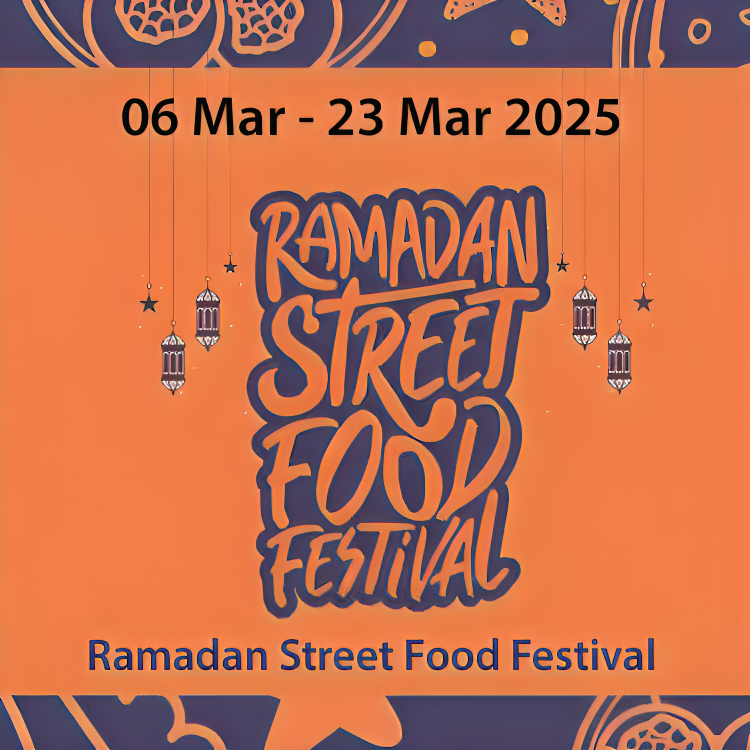World Antimicrobial Awareness Week (WAAW)
18-24 NovemberLeadership piece
World Antimicrobial Awareness Week (WAAW) is celebrated from 18-24 November every year.[1] Unfortunately, over the past two years COVID-19 has threatened the progress made against Antimicrobial Resistance, making AMR an even more prominent threat. The pandemic has shown us that it is essential, now more than ever, to find creative solutions to tackle the spread of infectious diseases and AMR.
That’s why this year, we are in Pfizer encourages all of us to look to the future, and come together – as individuals, society, industry, government, and NGOs – as a
collective whole to Stop Superbugs. Help Protect Tomorrow.
AMR is widely recognized as one of the biggest threats to global health today, with the potential to affect anyone, of any age, in any country.[2] 1.27 million deaths per year are directly attributable and almost 5 million deaths per year are associated with AMR[3]. Without action by governments, industry, and society, AMR is expected to cause 10 million deaths globally each year by 2050 – more than currently die from cancer.[4]
According to the results of the most comprehensive study yet of the extent of AMR globally, published in The Lancet in January 2022 (The Global Research on Antimicrobial Resistance report), death rates caused directly by AMR are highest in Sub-Saharan Africa and South Asia, at 24 deaths per 100,000 population and 22 deaths per 100,000 population, respectively, while in high-income countries, it directly caused 13 deaths per 100,000.3
AMR is one of the greatest global health risks we face today, but globally there is need to raise awareness on this critical public health issue among the general public[5]. The cost of AMR to the economy is significant. In addition to death and disability, prolonged illness results in longer hospital stays, the need for more expensive medicines, and financial challenges for those impacted. 1
In Pfizer we believe that no one should face barriers to care based on their age, gender, ethnicity, socioeconomic status or geographical location. We are committed to a fairer future and are taking action to drive more equitable access to high-quality, safe, and effective healthcare solutions.[6] [7]Pfizer’s first-of-its-kind initiative An Accord for a Healthier World pledges to make on-patent medicines and vaccines available on a not-for-profit basis in 45 lower-income countries and has the potential to improve the health of 1.2 billion people impacted by deadly infectious diseases like COVID-19 and pneumonia, as well as certain cancers and rare and inflammatory diseases.[8]
The market potential for new antibiotics is limited, due to the steep costs of antimicrobial development, high risk of failure, long lead times, and growing awareness of the need to limit their use.[9] Despite the challenging antimicrobial R&D landscape Pfizer continues to evaluate opportunities and partnerships to expand our pipeline.[10] [11] Pfizer is one of the few large research-based pharmaceutical companies still active in research and development (R&D) for anti-infectives and works with partners to close critical prevention and treatment gaps in infectious diseases around the globe.6
Pfizer is actively engaged and committed to a multi-faceted and evidence-based approach to stewardship, to ensure responsible use of anti-infectives across local health care settings.6 7 These efforts include health system strengthening, surveillance, infection prevention, including vaccination, policy advocacy, innovative tools, diagnostics, education, research, health equity, and patient engagement. Pfizer has one of the world’s largest AMR surveillance website platforms – the ATLAS database[12], that provides physicians and the global health community with open access to data on bacterial sensitivity to various antibiotics and emerging resistance patterns in 83 countries, including those with less specialized health networks.[13]
Governments, industry, and the public health community must work together to take action and support measures to enable continued innovation in the development of new antibiotics and vaccines and help curb the spread of AMR.6 Pfizer strives to maximize progress and overcome the unique scientific, economic, public health, and environmental challenges presented by AMR by leveraging our expertise and capabilities to share solutions with our healthcare partners around the world.6
[1] World Antimicrobial Awareness Week 2022 (who.int)
[2] World Health Organization. Antibiotic resistance factsheet. July 2020. Available at: https://www.who.int/news-room/fact-sheets/detail/antibiotic-resistance. Last accessed September 2022.
v
[3] Antimicrobial Resistance Collaborators, & Wozniak, T. (2022). Global burden of bacterial antimicrobial resistance in 2019: A systematic analysis. The Lancet, 399(10325), 629-655. https://doi.org/10.1016/S0140-6736(21)02724-0
[4] Review on Antimicrobial Resistance. Tackling drug-resistant infections globally: final report and recommendations. May 2016. Available at:
https://amr-review.org/sites/default/files/160525_Final%20paper_with%20cover.pdf. Last accessed September 2022
[5] Sepsis Alliance. Global perception of antimicrobial resistance (AMR) March 2021. Available at: https://ww1.prweb.com/prfiles/2021/03/25/17826118/AMR%20Public%20Global%20Summary%20Report%20FINAL.pdf. Last accessed September 2022
[6] World Health Organization. Access to Medicines: Making Market Forces Serve the Poor. 2017. Available at: https://www.who.int/publications/m/item/access-to-medicines-making-market-forces-serve-the-poor. Last Accessed September 2022
[7] Access to Medicine Foundation. Antimicrobial resistance benchmark 2021. Available at https://accesstomedicinefoundation.org/media/uploads/downloads/61ee760d03810_Antimicrobial%20Resistance%20Benchmark%20report%202021.pdf. Last accessed September 2022.
[8] Pfizer. An accord for a healthier world. Available at: https://www.pfizer.com/about/responsibility/global-impact/accord. Last accessed September 2022.
[9] Wellcome. Why is it so hard to develop new antibiotics? January 2020. Available at: https://wellcome.org/news/why-is-it-so-hard-develop-new-antibiotics. Last accessed September 2022
[10] Pfizer. Our commitment as a global anti-infectives leader. Available at: https://www.pfizer.com/science/therapeutic-areas/anti-infectives/global-anti-infectives-leader Last accessed September 2022
[11] Access to Medicine Foundation. Antimicrobial resistance benchmark 2020. Available at: https://accesstomedicinefoundation.org/media/uploads/downloads/5e26bb8b50bd3_Antimicrobial_Resistance_Benchmark_2020.pdf. Last accessed September 2022
[12] Pfizer. Antimicrobial surveillance. Available at: https://www.pfizer.com/science/therapeutic-areas/anti-infectives/antimicrobial-surveillance. Last accessed September 2022.
[13] ATLAS. Dashboard. Available at: Atlas (atlas-surveillance.com). Last accessed September 2022.

















